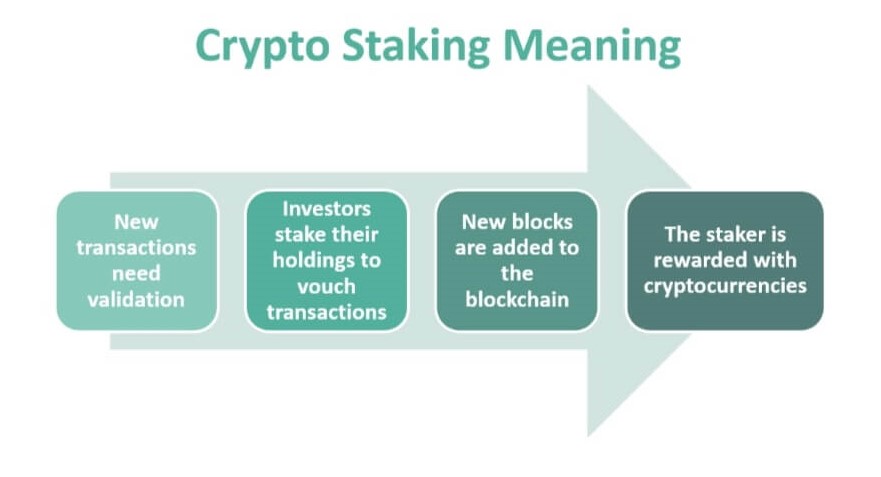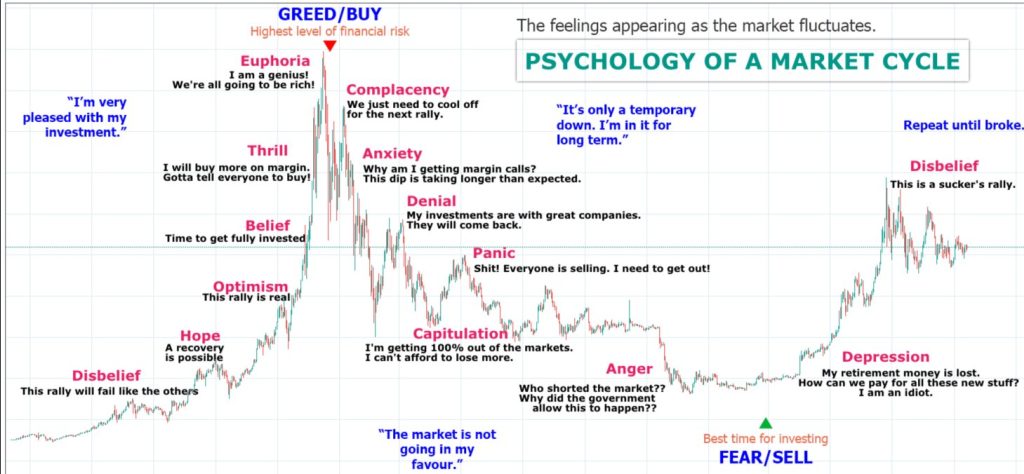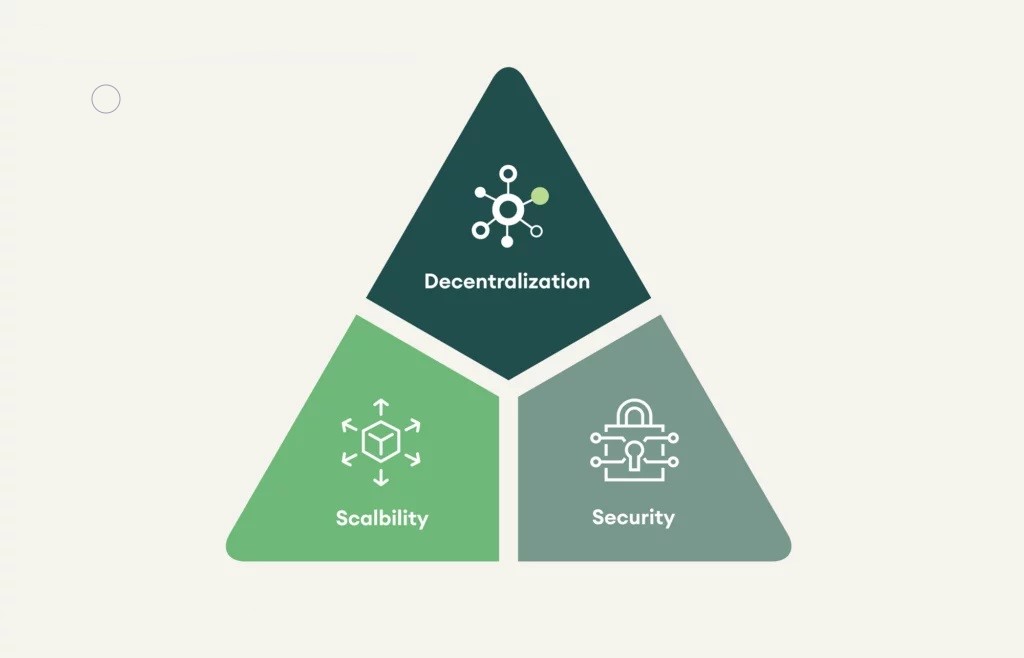What is Crypto Staking?
Crypto staking might sound complex, but it’s actually pretty simple. In essence, it’s a way to earn rewards by holding certain cryptocurrencies. Imagine staking coins like owning shares in a company that pays dividends. Except here, the coins you hold help secure the network. Your held coin is deposited in a blockchain system, via Smart contracts.
How Does Crypto Staking Work?
Some cryptocurrencies use staking to boost network security. Those who stake their assets get rewarded with staking rewards, usually a percentage of the coin they stake. When you stake a coin, you’re essentially lending it to the network to verify and secure transactions, without relying on a trusted third party.
In a Proof of Stake (PoS) system, users stake a certain amount of their cryptocurrency in a smart contract to be eligible to create a block. The more coins you stake, the higher your chances of being selected. It’s like a lottery where more tickets mean a better chance to win, but here, the lottery keeps running, giving everyone a fair shot. PoS is also more energy-efficient than PoW (Proof of Work).

How Are Staking Rewards Calculated?
Staking rewards depend on factors like the coin staked, the amount, and the staking period. Each coin has its base Annual Percentage Yield (APY) or Annual Percentage Rate (APR), which determines the rewards. This base rate is then multiplied by the staked amount.
For instance, let’s say Anne stakes 10 ETH at a 5% APY compounded annually. She’d earn 0.5 Ether if she keeps her stake for a year. Staking platforms often offer different staking durations, allowing users to restake their coins along with their earned rewards, leading to a compound effect and higher APY.
What is a Staking Pool?
Staking pools are like teamwork in the crypto world. They bring together multiple individuals who pool their staked assets and computational power to increase their chances of earning rewards. It’s like a group effort to validate and verify blocks on the blockchain.
For example, let’s say Kevin has been staking 40 ETH and waiting around four days between block rewards. Now, he joins a staking pool with a total of 200 ATOM. With the pool’s combined power, Kevin’s wait time reduces to just 12 hours between rewards. Although he doesn’t get the full reward, Kevin still earns a proportion based on his contribution, making his staking experience more lucrative.
Benefits and Risks of Staking
Benefits of Staking
Benefits of Staking Staking your crypto offers a host of benefits, making it an attractive option for many investors.
- Secure Network: By staking your coins, you actively contribute to the security and efficiency of the network, making it more resilient to attacks and enhancing transaction processing.
- Rewards: Staking generates rewards in the form of additional coins. The more you stake, the more rewards you earn. For instance, if you stake $1,000 in a coin with a 50% APY, you could earn around $10 per week in staking rewards.
- Long-Term Value Increase: Investing in a promising project early on can lead to substantial value appreciation over time. Staking rewards further boost your returns, potentially increasing your overall gains.
- Potential Tax Discounts: Some countries offer tax discounts for long-term cryptocurrency holders, providing an additional incentive for staking. You can earn rewards while enjoying tax benefits.
- Governance Participation: Staking allows you to participate in the governance of the network. You can vote on proposals that shape the future of the project, such as network upgrades or feature additions.
Risks of Staking
Risks of Staking While staking offers numerous benefits, it also comes with its fair share of risks that investors should consider.
- Market Fluctuations: Price volatility can affect the value of your staked assets. Even with staking rewards, negative price movements can lead to losses.
- Liquidity: Some staked assets may have low liquidity, making it challenging to convert them back to Bitcoin or fiat. Always check liquidity before staking.
- Locked Periods: Staking programs may impose locked periods during which you can’t access your assets. If prices drop during this period, you can’t sell to mitigate losses.
- Validator Risks: Running a validator node requires technical expertise and reliable hardware. Choosing the wrong validator could result in penalties or loss of stake.




2 Comments
Comments are closed.